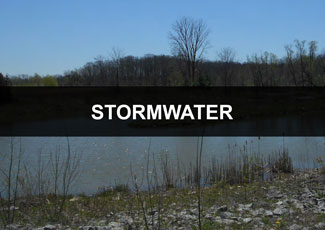Design & Construction
The Design and Construction Municipal Infrastructure manuals have been developed to provide City staff, consulting engineers, contractors, developers and the general public with a common reference to ensure the consistent application of design and construction practices of linear and vertical municipal infrastructure within the City.
The manuals are intended to aid in the planning, design and construction, maintenance and operational activities of the municipal infrastructure for both new and the retrofit of existing infrastructure.
The key guiding principles of the linear and vertical manuals are to:
- Provide a comprehensive set of guidelines to aid in the consistent design and construction of new and retrofits of municipal infrastructure.
- Integrate industry standards and best practices.
- Encourage consistent approaches for design and construction in the City.
- Prioritize the health and safety of the public.
- Reduce impacts to the natural environment and protect resources.
- Undertake sustainable planning, operation and maintenance of the municipal infrastructure over its lifetime.
- Meet regulatory and legislative requirements.
The use of these manuals does not absolve the Proponent from their professional obligations in applying sound engineering principles and industry best practices for a solution that is practical, economical, efficient, safe and sustainable to operate and maintain by the City.
These manuals do not supersede, nor replace any legislation governing the design and construction of the linear and vertical municipal infrastructure. The Proponent shall be fully familiar with legislative requirements as they relate to the subject infrastructure.
These manuals will be reviewed and updated periodically to stay current with construction standards, industry best practices and to remain in compliance with regulatory requirements. It is the responsibility of the Proponent to ensure they are using the most recent version of these manuals.
The information provided is not intended to hinder innovation, rather is rooted on meeting performance requirements over the lifecycle of the infrastructure. The Proponent is encouraged to provide innovative solutions.






















 Subscribe to this Page
Subscribe to this Page